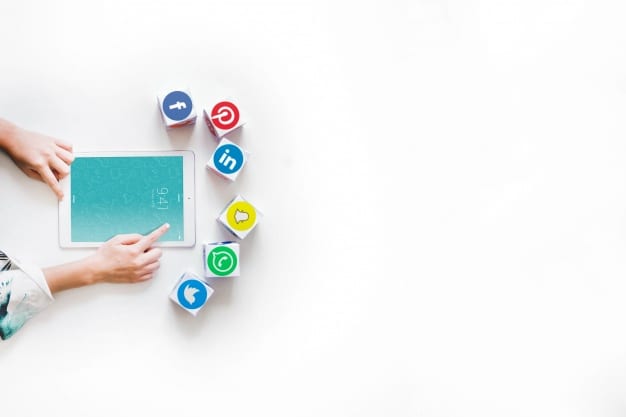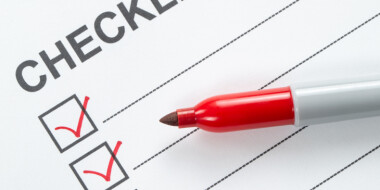Nowadays teaching languages goes beyond just teaching grammar, vocabulary and practising skills, it also involves developing soft skills. Kids and teenagers can’t imagine their lives without social media, smartphones or Google. However, even an English teacher should educate them on the potential dangers they face online and teach them about what information or websites they can trust.
What is Digital Literacy?
Cornell University defines digital literacy as “the ability to find, evaluate, utilize, share, and create content using information technologies and the Internet.” Most students already use digital technology, such as tablets, smartphones, and computers. They know how to navigate the web, share images on social media, and do a Google search to find information. However, true digital literacy is not only about these basic skills.
One of the most important components of digital literacy is the ability to not just find, but also to evaluate information. This means finding the answer to a question or a bit of needed information and then judging whether the source is reliable. The ability to identify false information or fake news and find reliable sources is a key part of digital literacy and a crucial life skill in the 21st century.
How to teach?
Educators can start by teaching students how to critically evaluate the information they are reading online, how to find author information, dates of publication, and other features that can reveal whether an online source is reliable. Students should also learn to tell the difference between different types of websites. Many students think the most credible sites are at the top of a Google or Bing search. Start by clarifying that myth. For example, a .com site may be less reliable than a .edu site. Provide a list of trusted resources.
If students read something from social media they need to be even more critical to avoid false, incorrect or fake information, they need to learn to question everything they find online, they need the tools to evaluate reliability and veracity of what they find. This includes questions such as
Is the site legitimate, or a hoax?
Is the author an expert or a 3rd grader?
Is the information current or dated?
Is the data neutral or biased?
Therefore, teachers should teach critical thinking.
Learning how to locate information is just one part of digital literacy. Knowing how to share information is another. It is important to warn about the danger of posting inappropriate images or text online. Have a lesson on “Digital piracy”, copyrights, and protecting the author’s rights.
Introduce Blended Learning and use different online tools in your lessons. You can assign projects and encourage students to create presentations on computers, using Google Docs and Google Drive. Give extra homework online, not from workbook. Find here some resources for listening.
Incorporate smartphones into your classes to research projects, check definitions of words or play interactive quizzes like Kahoot. Use interactive whiteboard (e.g. Realtimeboard) or projectors to show authentic videos or have students make their own.
Have lessons on “Digital Citizenship” as students need to know how to act in “digital neighborhood”. This includes topics detailing the rights and responsibilities of digital citizens, such as cyberbullying, the legality of online material, online shopping, digital Footprints.
Time management and productivity is a challenge for many people in the digital age—it is almost always the case that there is something on social media that is more interesting than the document that you are supposed to be reading. But the temptations that digital tools create can sometimes be solved by digital tools, and students (and adults) can learn to self-regulate through time management and productivity tools that are freely available.
Find more lesson plans on digital literacy here. Digital resources tend to work best when you’re talking about technology anyway.
Teachers are increasingly required to teach students digital literacy in the classroom as that will help students become the digital leaders who will stand out among their peers, in the classroom, workplace, and beyond.








 Анна Михайлова-Левина
Анна Михайлова-Левина 
 Skyteach
Skyteach 


